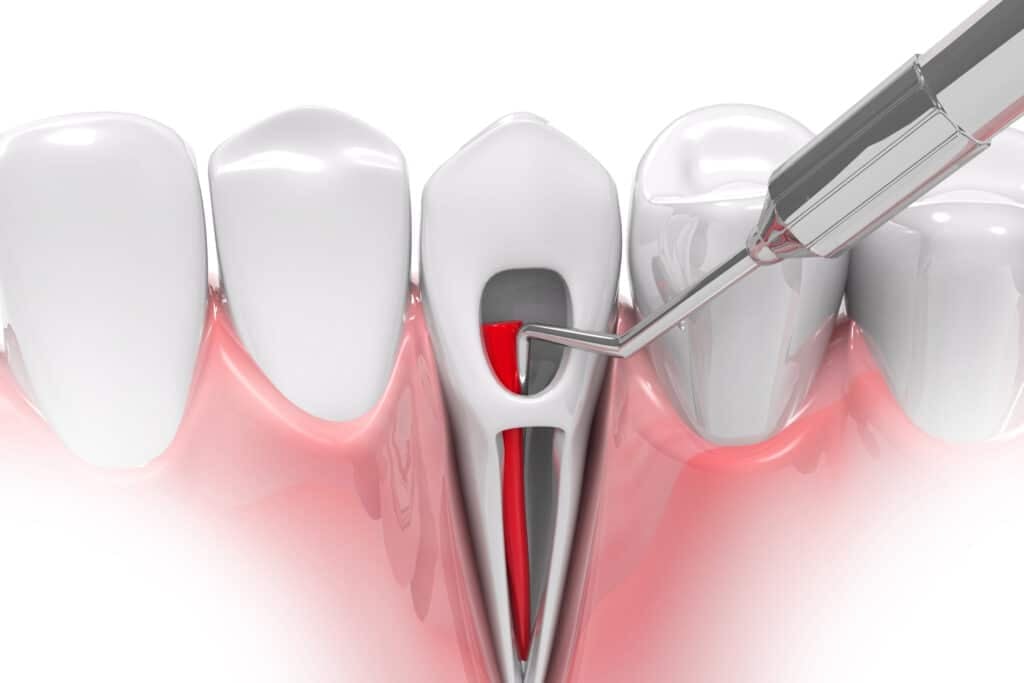What Is a Root Canal?
 A root canal sometimes called endodontic treatment, is a procedure that removes bacteria from the root canal. This ends the infection. It also prevents reinfection and saves the tooth. A root canal involves removing the infection section inside the tooth. Then, the area is cleaned, disinfected, filled, and sealed with a cap.
A root canal is considered a serious procedure but it isn’t so different that getting a filling. Dentists do them daily so they are more routine than they used to be. Data from the American Association of Endodontists states that more than 41,000 root canals are done in the U.S. daily.
A root canal sometimes called endodontic treatment, is a procedure that removes bacteria from the root canal. This ends the infection. It also prevents reinfection and saves the tooth. A root canal involves removing the infection section inside the tooth. Then, the area is cleaned, disinfected, filled, and sealed with a cap.
A root canal is considered a serious procedure but it isn’t so different that getting a filling. Dentists do them daily so they are more routine than they used to be. Data from the American Association of Endodontists states that more than 41,000 root canals are done in the U.S. daily.
The Tooth Structure
Understanding the root canal procedure involves looking at the tooth structure. Your tooth is covered with enamel. Under that is a hard layer named dentin. Further below the dentin is soft tissue. This is called the pulp. The pulp has connective tissue, nerves, and blood vessels and all of that helps your tooth root grow when it first develops. It doesn’t need the pulp once the tooth is fully developed because the surrounding tissues nourish it. Infection of a tooth can happen if a cavity is left untreated or if you crack a tooth and bacteria grows when food debris gets into the crack. Symptoms That You Need a Root Canal A root canal is a growing infection so you will have symptoms. Some symptoms include:- Tooth pain
- Swollen gums
- Swollen jaw
- A boil on your gums
- A chipped or cracked tooth
- Sensitivity to cold and heat